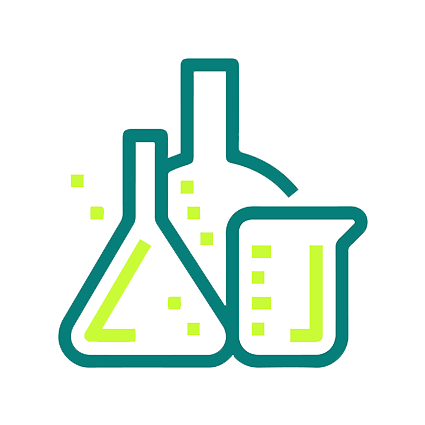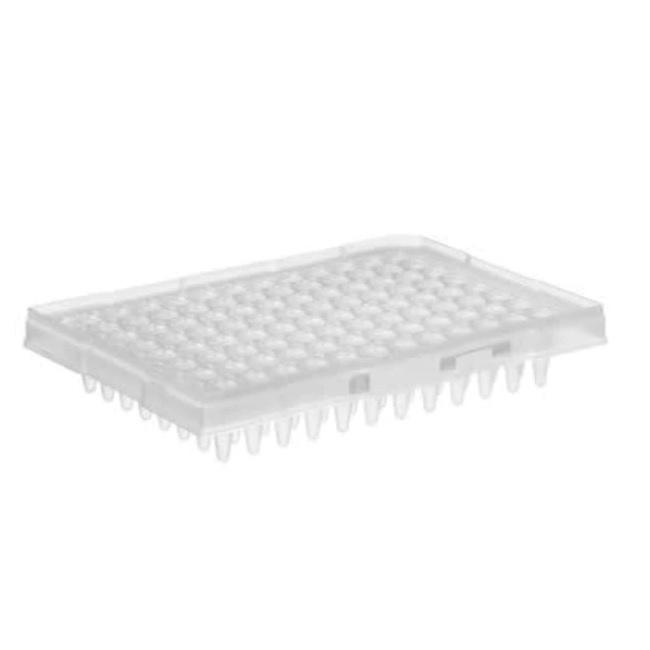Eppendorf twin.tec® 96 real-time PCR Plate, unskirted, low profile, 150 µL, PCR clean, white, wells white, 20 plates
On demandEppendorf twin.tec® 96 real-time PCR Plate, unskirted, low profile, 150 µL, PCR clean, white, wells white, 20 plates
The limiting factor in low-volume real-time PCR (qPCR) is often the remaining fluorescence intensity. Eppendorf twin.tec real-time PCR plates are specially manufactured for qPCR, as they offer all the advantages of regular twin.tec plates, but with the added advantage of white wells. These reflect fluorescence much better than clear or frosted wells, so lower levels of fluorescence are still detectable with the same instrument – just by using the right consumables. The qPCR plates' white wells also significantly reduce interfering background fluorescence and lead to increased consistency between replicates, and giving highly reproducible results.
The wells are made from polypropylene – which guarantees fast heat transfer for fast assays – and the frame is made of rigid polycarbonate, to ensure easy and reliable handling – both in manual and automated assays.
Features
- White wells for better reflection
- High mechanical stability
- Effective sealing by raised well rims
- Skirted and semi-skirted frames
- Optimal heat transfer due to reduced wall thickness
- Autoclavable (121 °C, 20 min)
- Available with barcode (upon request)
- Available in lot-certified PCR clean and Eppendorf Forensic DNA Grade for tested purity
Performance
- High fluorescence intensity is instrumental in improving sensitivity in qPCR. This graph shows an up to 10-fold higher fluorescence intensity in twin.tec® real-time PCR plates compared to frosted wells.
- Eppendorf twin.tec® real-time PCR plates reduce Ct values more effectively than other tested plates. On average, Ct values were 0.8 cycles lower (compared to clear wells), indicating better sensitivity.
- White wells improve homogeneity of results over the block. In this graph you can see the reduced standard deviation over the block compared to other plates.
There are no report
You May Also Like
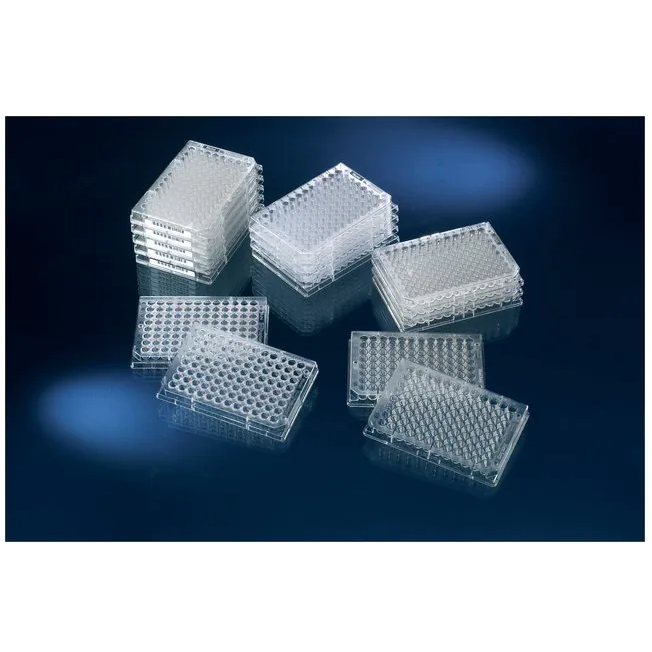
Thermo Scientific™ Clear Flat-Bottom Immuno Nonsterile 96-Well Plates, MaxiSorp
$ 260 $ 382
In stock
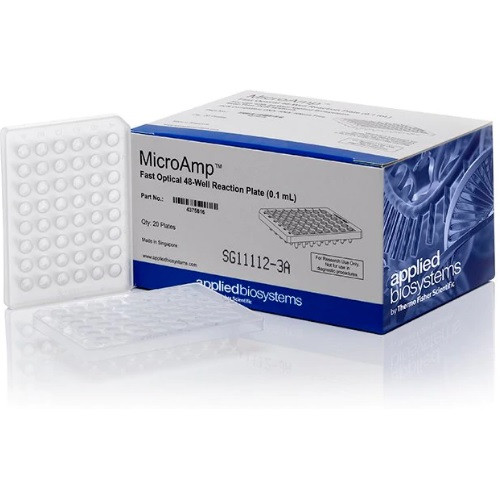
Applied Biosystems™ MicroAmp™ Fast Optical 48-Well Reaction Plate
$ 63 $ 93
In stock
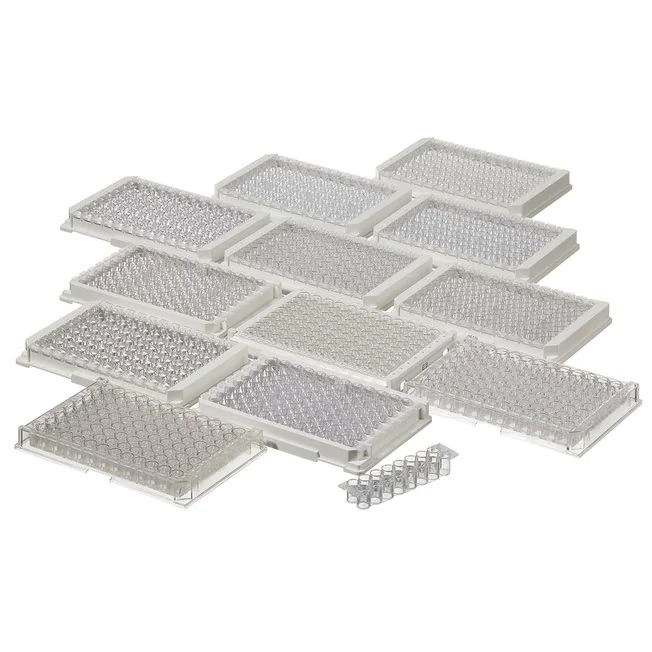
Thermo Scientific™ Immuno Clear Standard Modules, F8, MaxiSorp, Case of 60
$ 467 $ 684
In stock
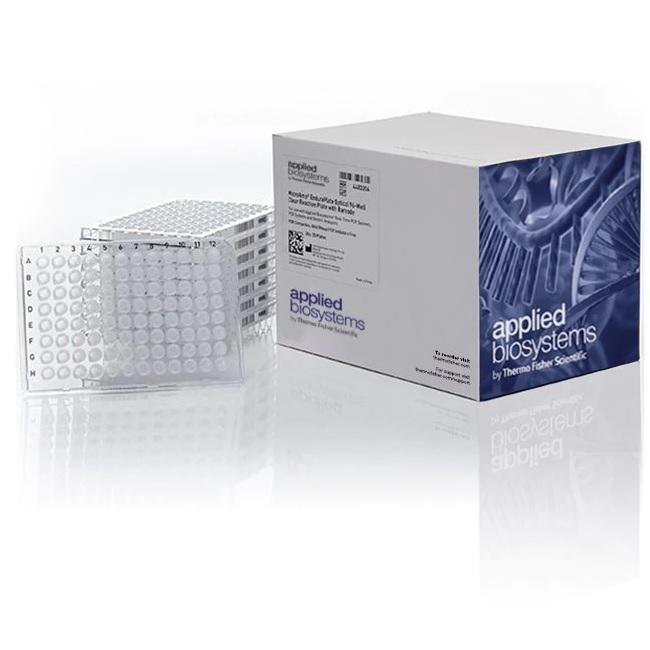
Applied Biosystems™ MicroAmp™ EnduraPlate™ Optical 96-Well Clear Reaction Plates with Barcode, 20
$ 318
In stock
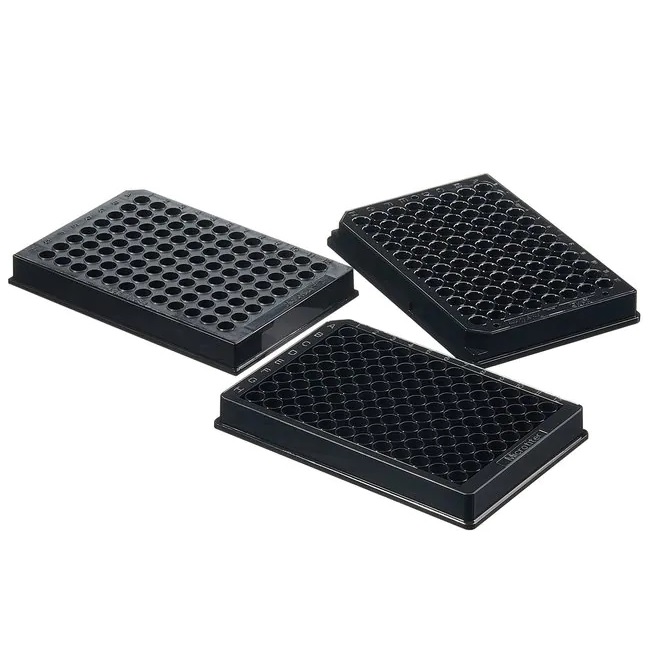
Thermo Scientific™ Black 96-Well Immuno Plates, MaxiSorp, Case of 80
$ 400 $ 586
In stock
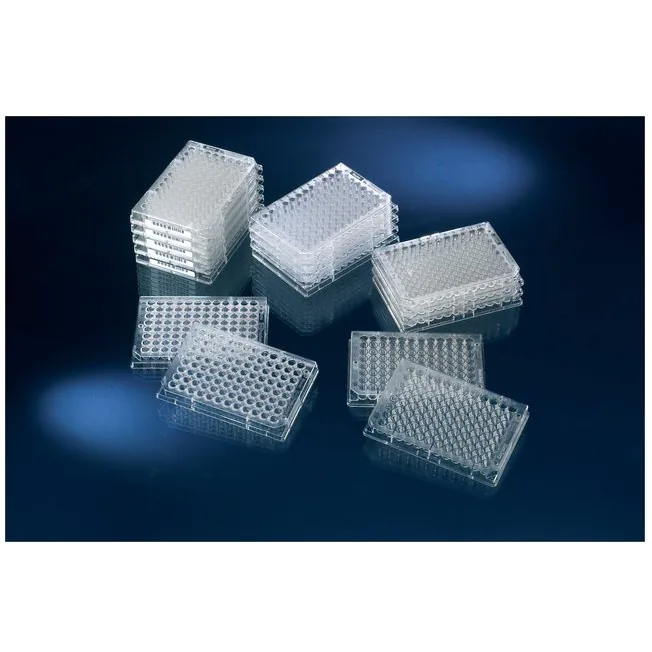
Thermo Scientific™ Clear Flat-Bottom Immuno Nonsterile 96-Well Plates, PolySorp, Case of 60
$ 255 $ 374
In stock
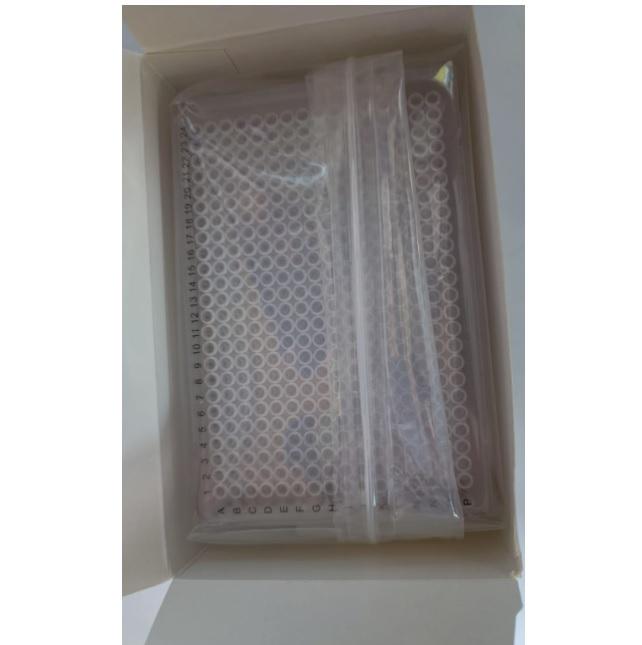
384-well PCR Plate Natural 9compatable with quantstudio 7 - Nodford
$ 1,535




